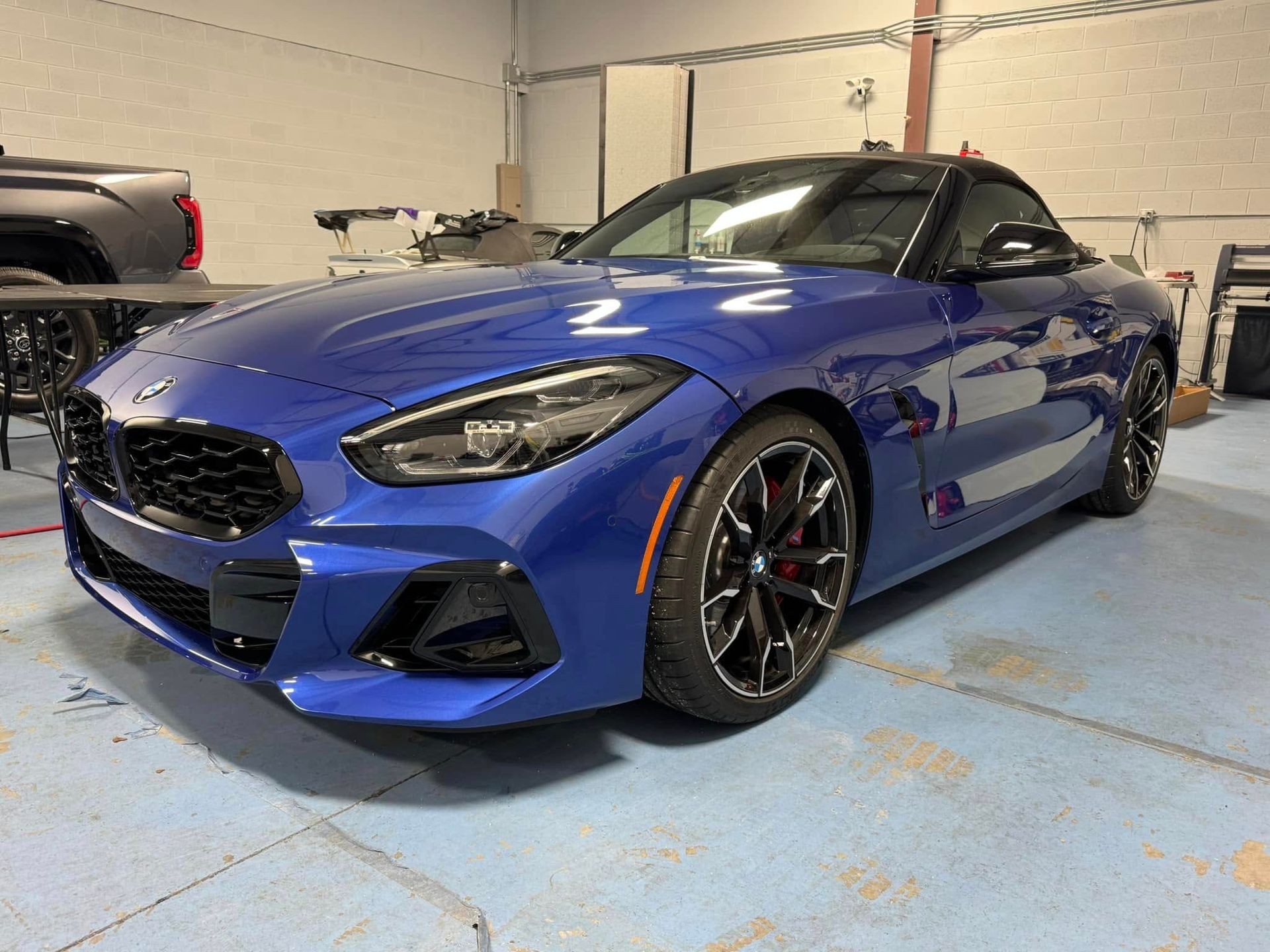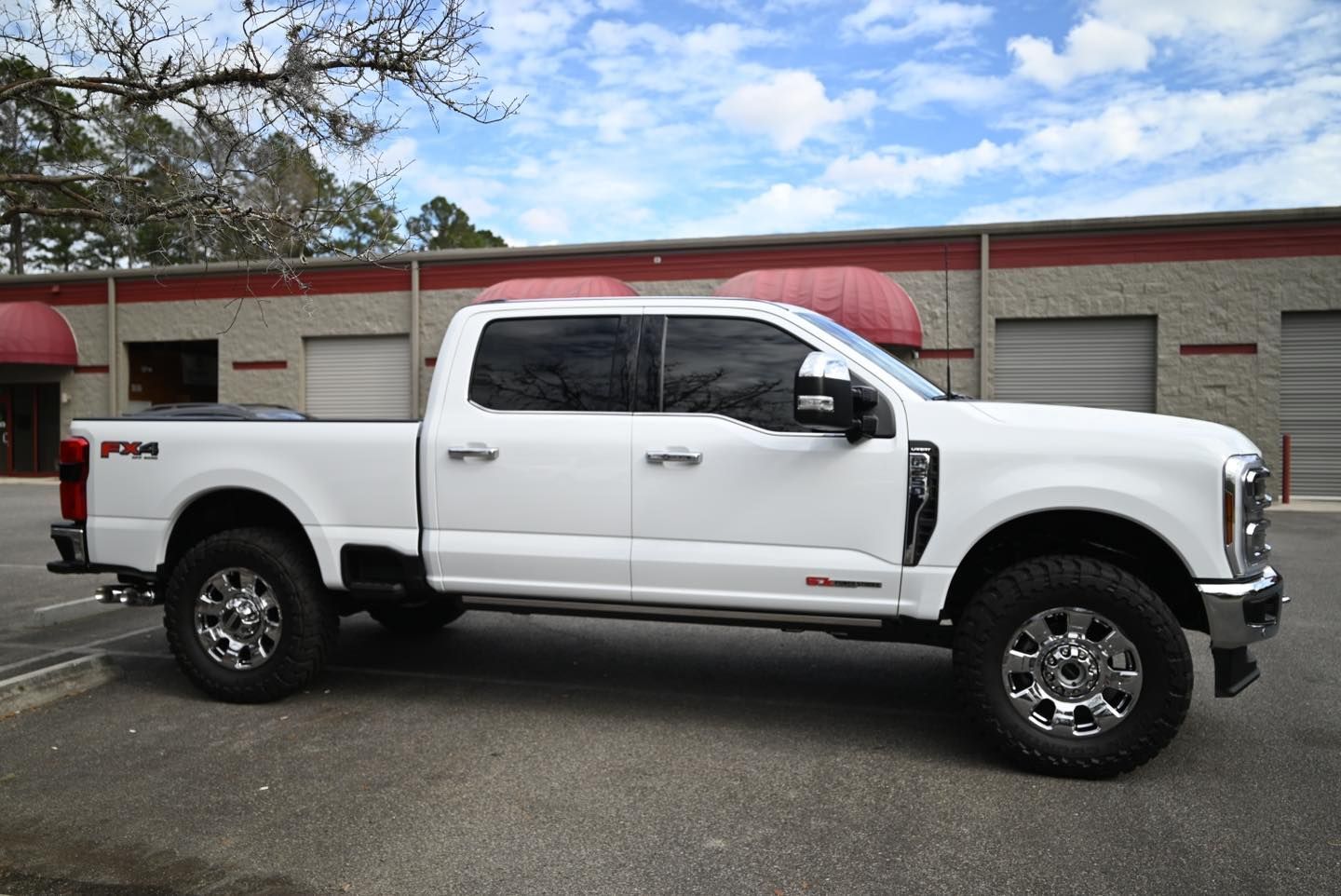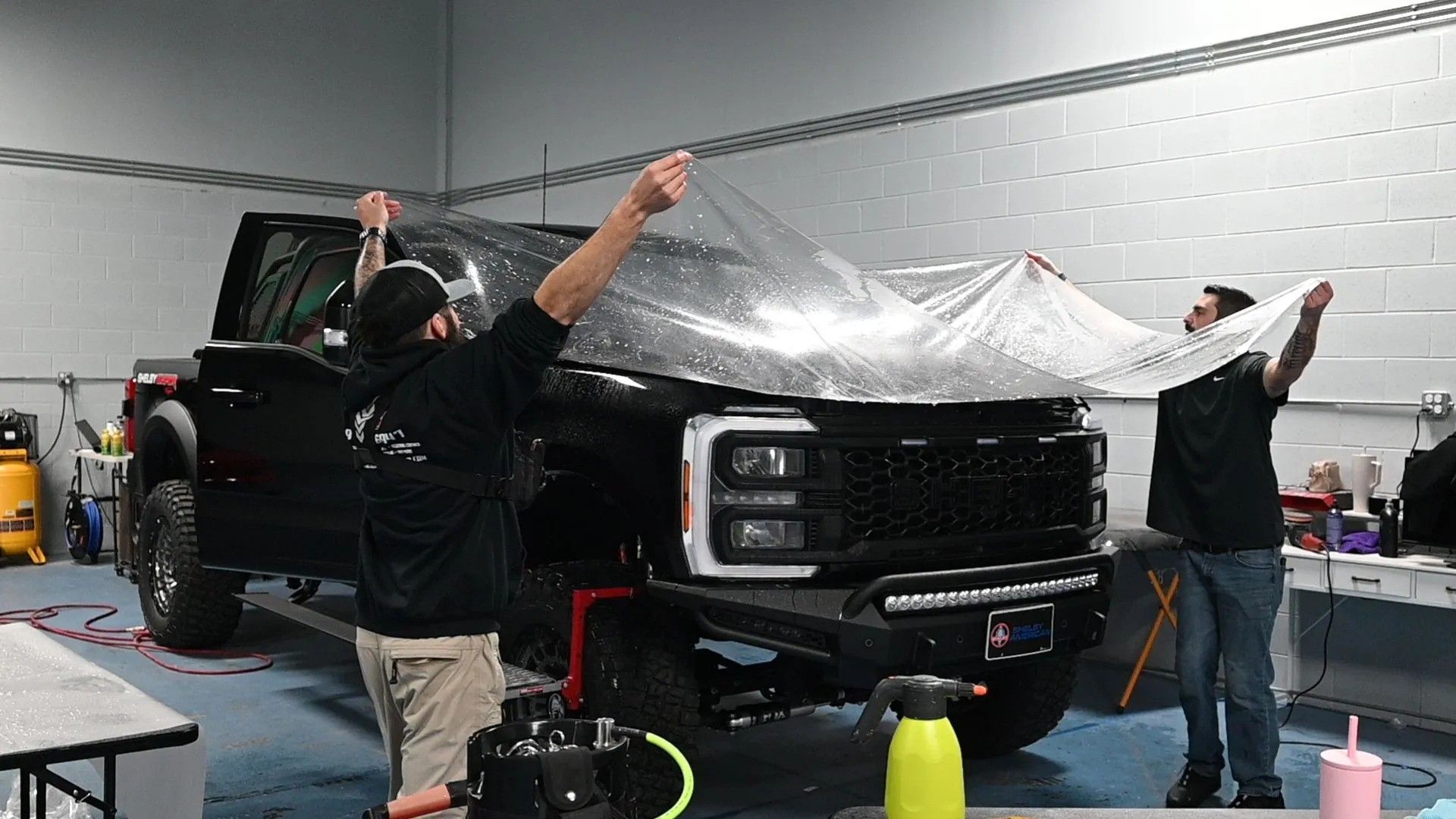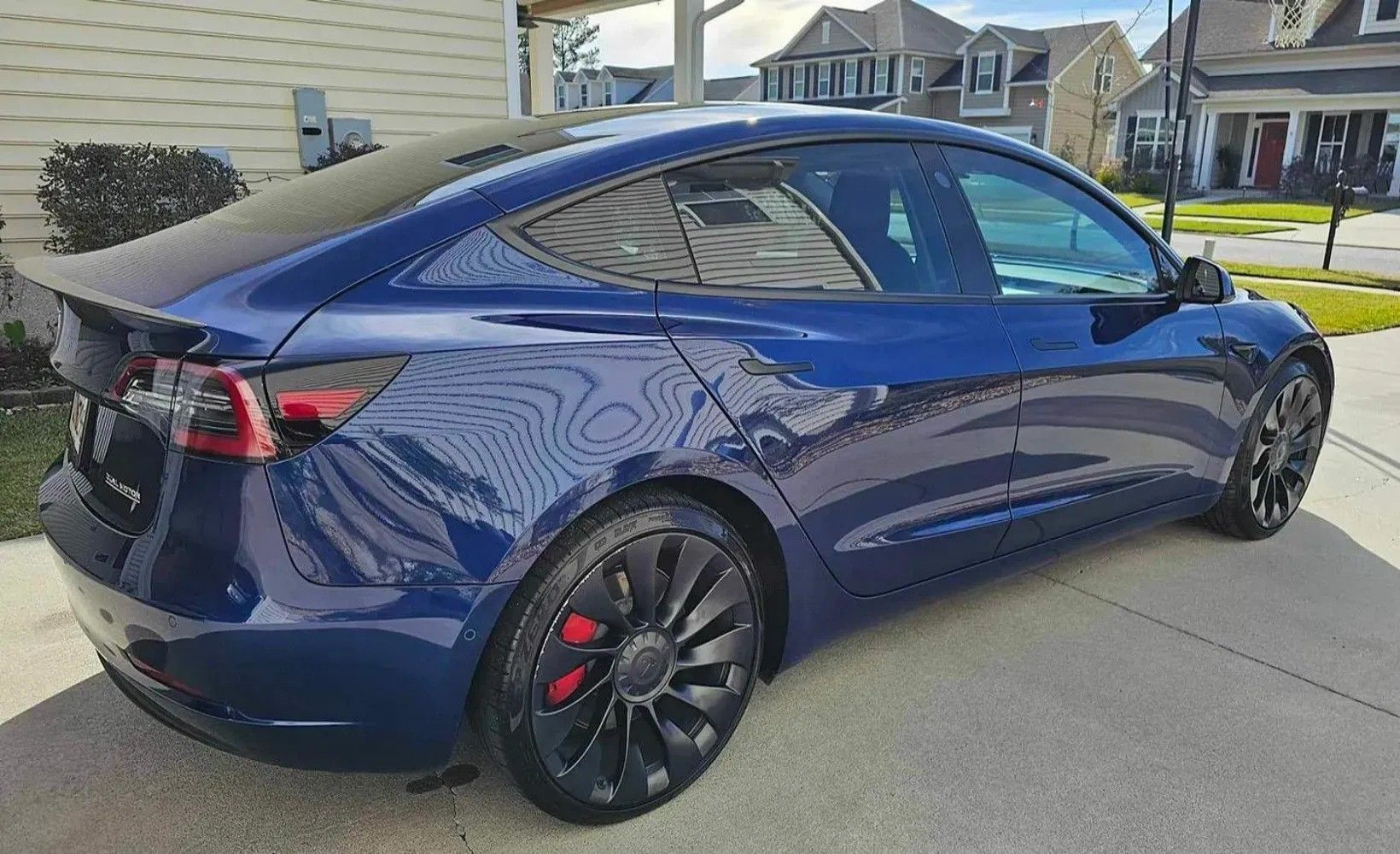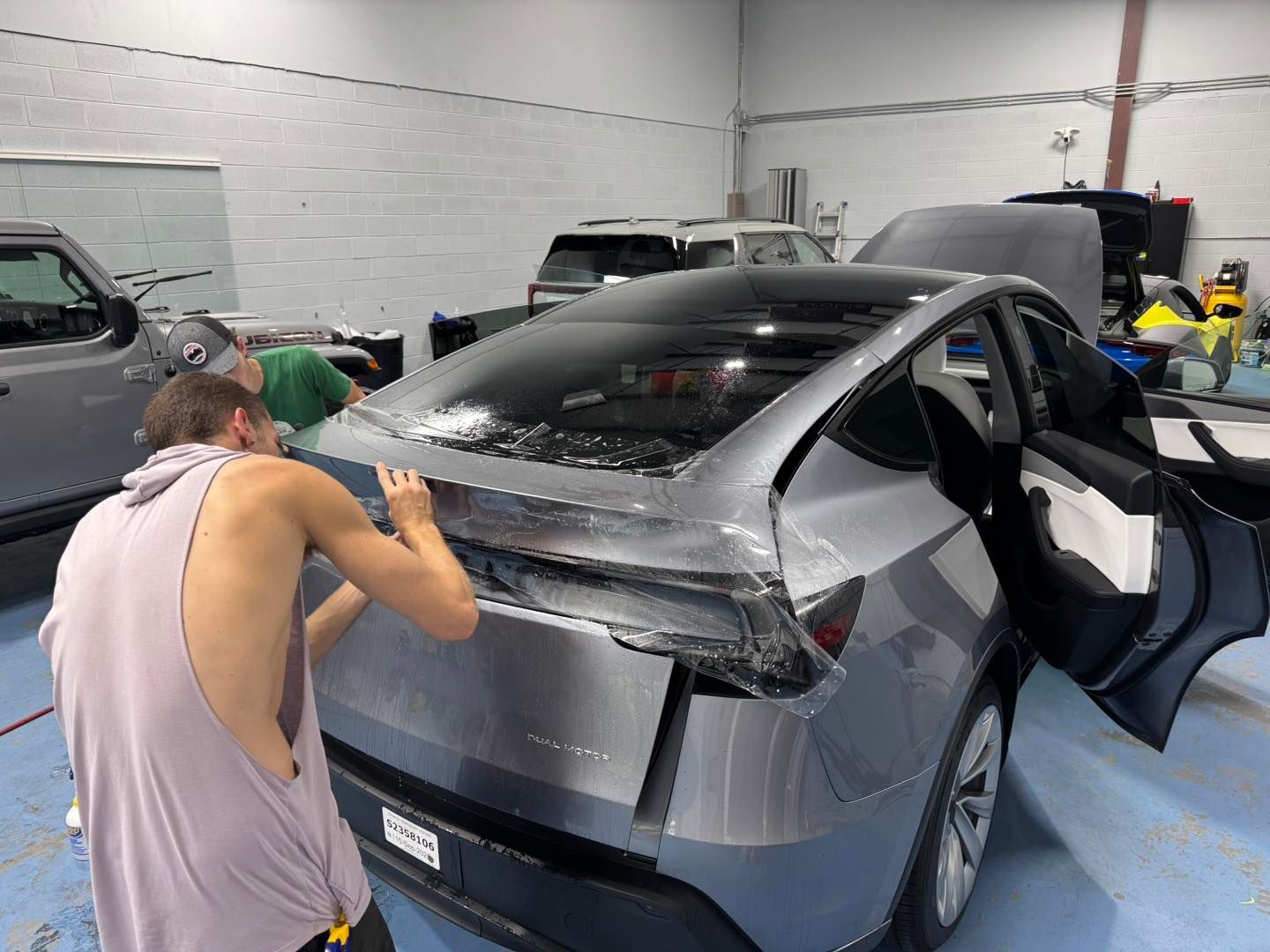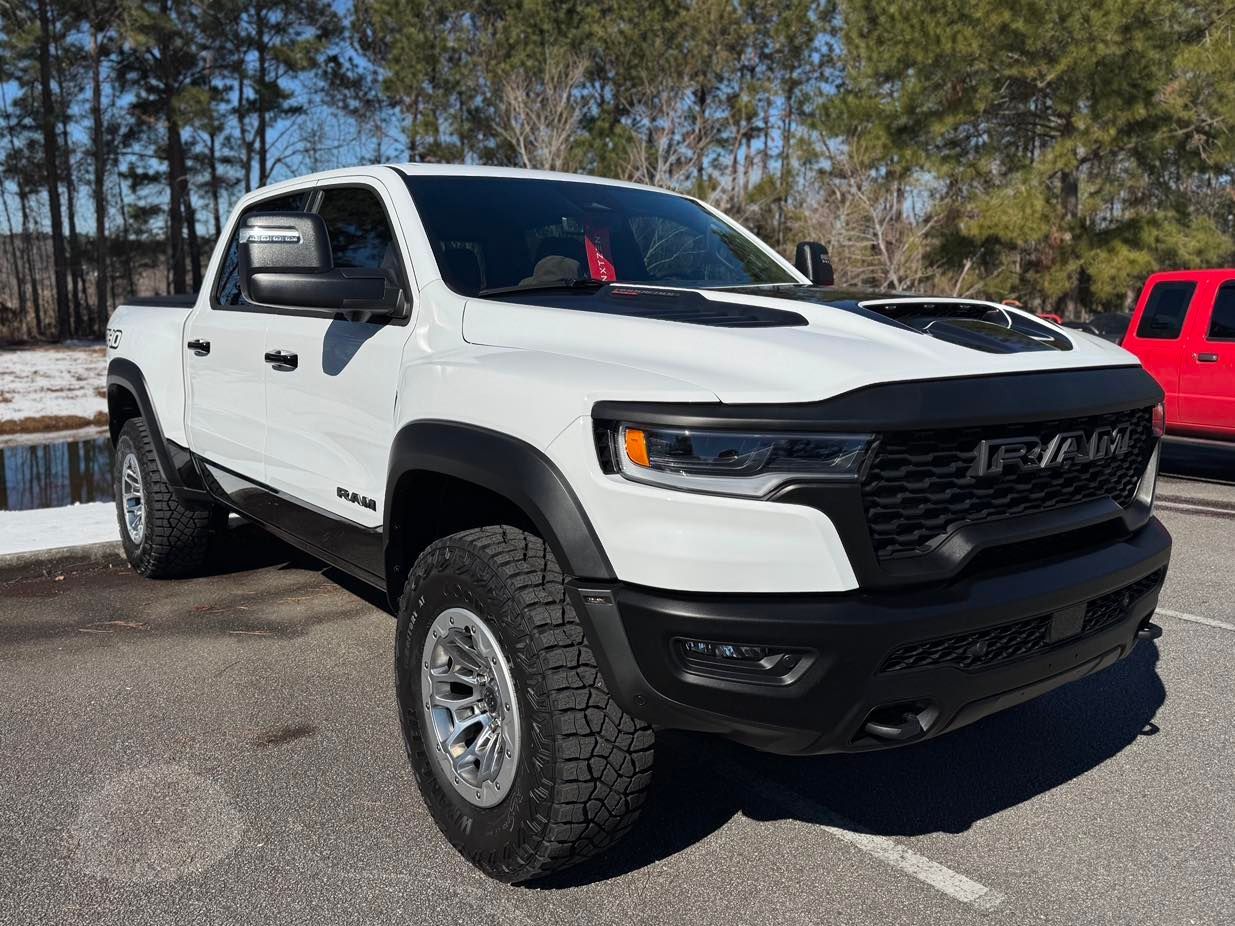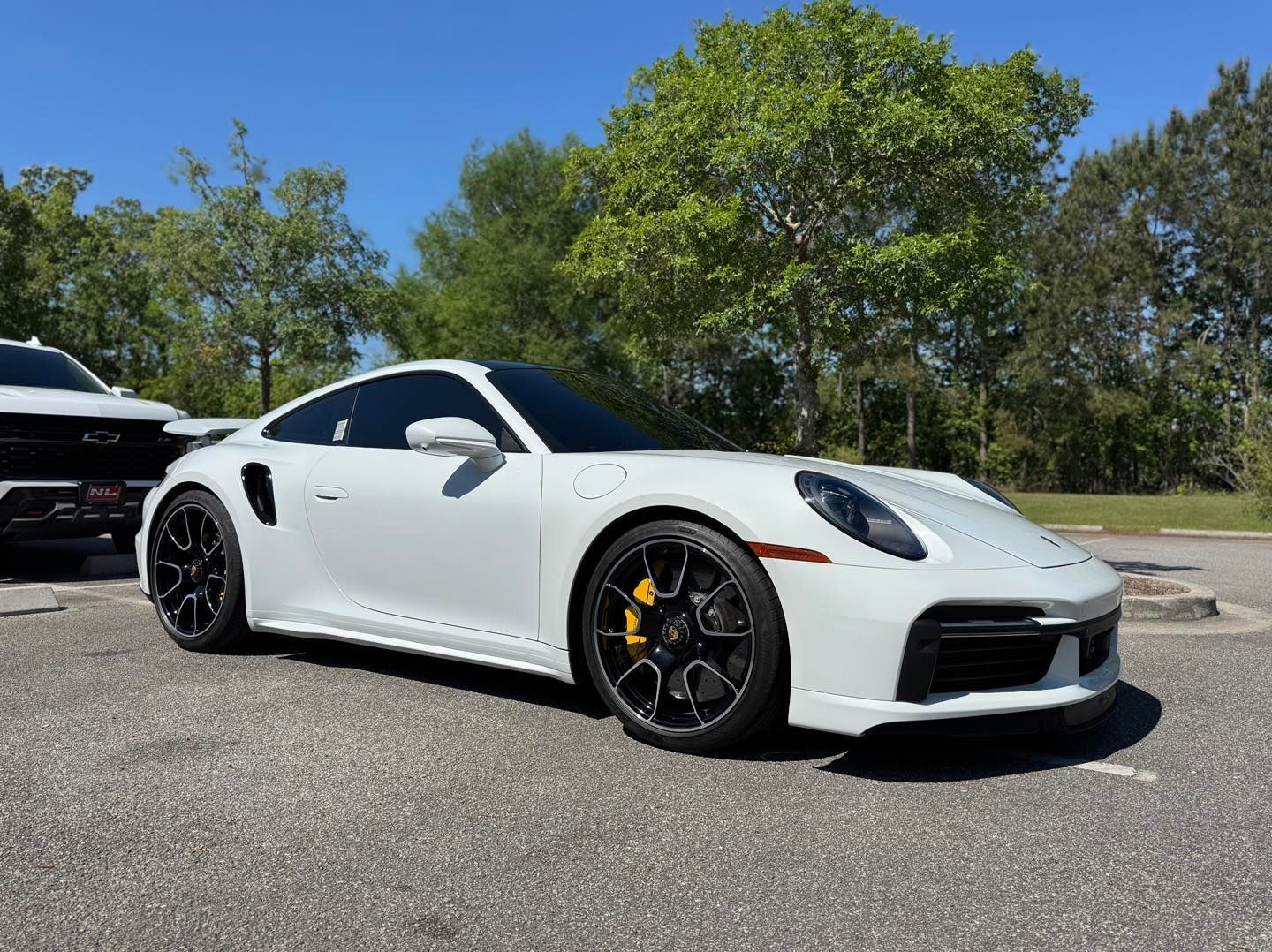Ceramic vs. Carbon Window Tinting: A Comprehensive Comparison of Benefits and Performance
When it comes to window tinting, many drivers face a common dilemma: should they choose ceramic or carbon tints? This decision can greatly impact your vehicle's comfort, appearance, and even its resale value. With the sun beating down relentlessly, protecting your car’s interior from harmful UV rays becomes essential. But it's not just about blocking sunlight; it's also about finding a tint that lasts and performs well over time. In this article, we will look at the benefits and drawbacks of ceramic vs. carbon tint!
Ceramic window tinting offers superior UV protection, heat rejection, and durability compared to carbon tinting, making it a better option for those seeking long-term performance. While both types provide decent blocking of UV rays, ceramic films typically reject more solar energy and don't fade over time, thus offering enhanced clarity and longevity.
Ceramic and Carbon Window Tints Overview
Ceramic window tints are at the forefront of modern technology in automotive films. They utilize advanced nano-ceramic technology, enhancing their performance in several ways. This innovative composition allows ceramic tints to reject a significant amount of heat and block up to 99.9% of harmful UV rays. Notably, this kind of tint doesn’t interfere with electronic signals, making it an ideal choice for those who value functionality alongside protection.
On the other hand, carbon window tints are created using carbon particles known for their ability to absorb infrared heat while providing a matte finish that many drivers find visually appealing. Carbon tints are less sophisticated compared to their ceramic counterparts but still offer impressive 98-99% UV protection. Their structure makes them a popular choice for drivers seeking an economical option without sacrificing essential benefits.
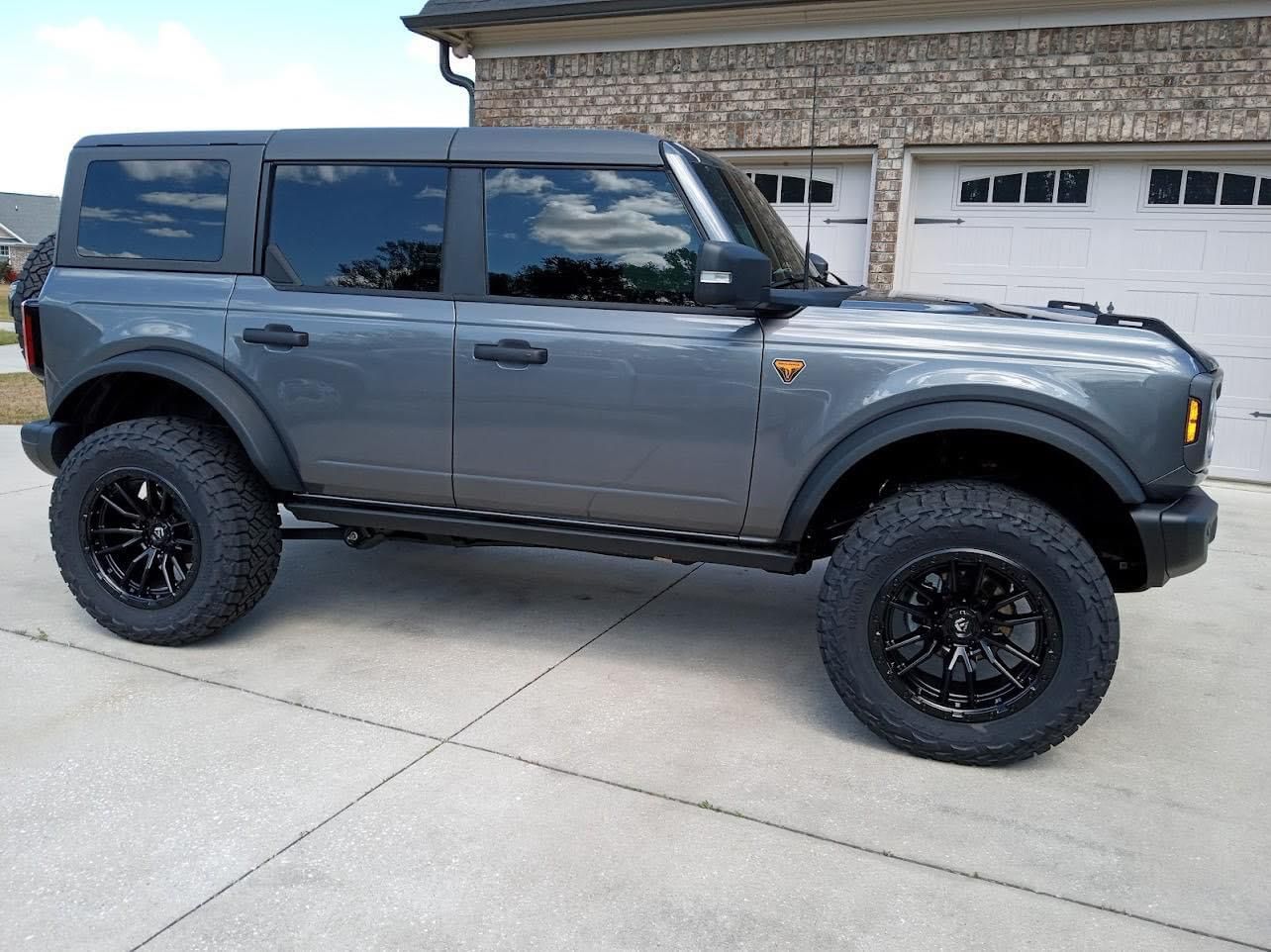
Material Composition
The key distinction lies in their base materials; while ceramic tints use non-metallic, non-conductive ceramic particles, carbon tints rely on carbon particles for pigmentation. This difference influences heat rejection, UV blocking, and durability over time. Ceramic’s non-conductive nature helps prevent degradation and maintains clarity longer than carbon-based alternatives.
Both ceramic and carbon window tints provide valuable benefits, but there are slight variations that might sway your decision. For example, if you live in an area with intense sunlight, the superior heat rejection rate of ceramic might serve you better during those sweltering summer months. If cost-saving is a higher priority for you, then the carbon tint could be a more fitting choice without compromising too much on performance.
Benefits of Ceramic Window Tinting
One of the standout features of ceramic window tints is their outstanding UV protection. With the ability to block up to 99.9% of harmful ultraviolet rays, these tints not only protect your skin from potential sun damage but significantly reduce the risk of fading for your car’s interior.
Ceramic window tints excel at heat rejection, preventing solar energy from inundating your vehicle. This incredible capability means your car remains cooler, making your driving experience much more comfortable—especially during those sweltering summer months.
The non-metallic composition of ceramic tints is particularly valuable in today’s technology-driven world. Unlike metallic films, ceramic tints do not interfere with essential signals like GPS, radio, or mobile communications. For drivers who rely on navigation systems or frequently use their phones for hands-free calls, this feature is crucial. You can have all the benefits of tinting without sacrificing connectivity, providing peace of mind while you’re on the road.
Applying ceramic window tint can genuinely enhance your vehicle's resale value as well. By protecting your car's interior surfaces from UV exposure and preventing excessive heat buildup, you not only maintain the aesthetic appeal but also uphold the structural integrity of vital components over time. Buyers are often drawn to well-maintained vehicles that exhibit signs of proper care, making ceramic tints an investment rather than just a cosmetic upgrade.
Benefits of Carbon Window Tinting
One significant benefit of carbon window tinting is its exceptional durability. Unlike other materials, carbon films resist fading and degradation, making them a reliable choice for vehicle owners who want long-lasting protection without frequent replacement costs. This means you won’t have to worry about your tint peeling or losing its effectiveness over time. When you invest in carbon tints, you're choosing something that can hold up against years of sun exposure and weather conditions.
The efficiency of carbon window tints in blocking heat is another compelling reason to consider them. Although they may not match the infrared rejection rates of ceramic tints, carbon options still manage an impressive heat rejection rate. This added comfort during those sweltering summer days translates into a more enjoyable driving experience, keeping the interior of your vehicle cooler and reducing reliance on air conditioning.
The environmental friendliness of carbon tints is an additional benefit. Their manufacturing process tends to use fewer harmful chemicals than other types. Additionally, since these tints are made to last longer, they lessen waste by requiring fewer replacements. Having a product that contributes less to landfill waste while still providing high-performance benefits is certainly appealing to individuals concerned about sustainability.
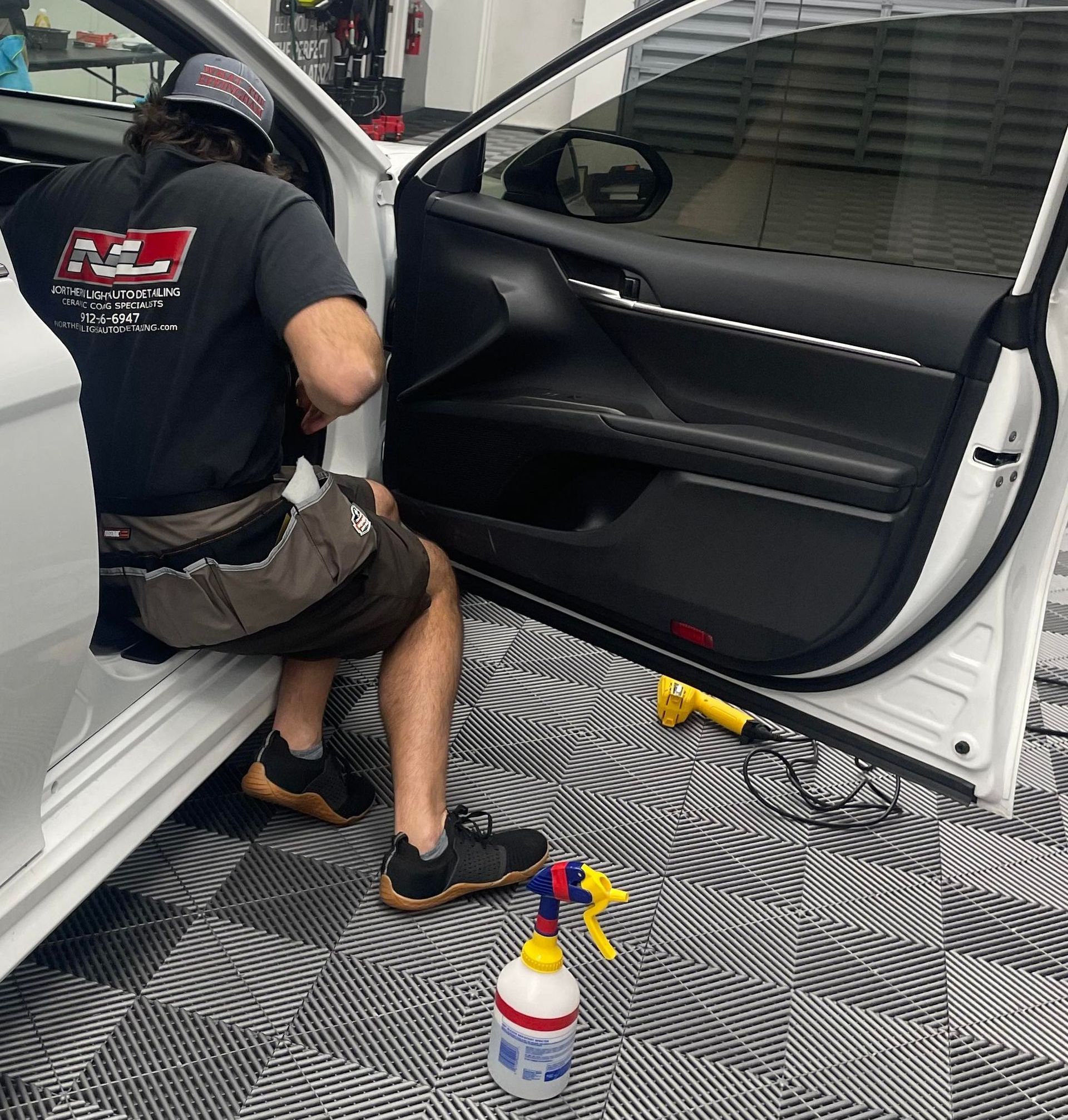
Aesthetic and Performance Differences
When choosing between ceramic and carbon window tints, aesthetics matter just as much as function. Many people overlook how the appearance of each type affects the overall look of their vehicle. Ceramic tints stand out with their clear, non-reflective finish; they create an almost invisible layer that preserves the car’s original style while enhancing visibility. This clarity means you can appreciate the vehicle's design without obstructions, maintaining that fresh-from-the-dealership vibe.
In contrast, carbon tints bring a stylish matte finish to the table. This subtle look gives vehicles a sophisticated edge with a darker appearance. It comes down to personal taste in terms of aesthetic appeal; each option has its own distinct charm.
Performance Under Different Conditions
Ceramic tints truly shine in hot climates, demonstrating superior heat rejection capabilities. This is critical for those scorching summer days when every degree of cooling counts inside your vehicle; ceramic tints can block infrared rays, significantly minimizing interior heat buildup. Conversely, while carbon tints also offer impressive protection against heat, they aren't quite as effective as ceramic options in terms of longevity under relentless sun exposure.
Over time, carbon tints risk fading due to prolonged sunlight, leading to that dreaded washed-out look that detracts from the initial aesthetic appeal. On the other hand, ceramic films have more durability against this kind of deterioration. Their advanced formulation allows them to maintain their performance and appearance for years, providing benefits that far exceed initial costs.
Investing in quality window tinting isn’t solely about aesthetics or comfort; it’s also about safeguarding your vehicle’s interior and preserving its value by preventing sun damage over time.
Cost and Value Assessment
Cost can often be the decisive factor for many consumers considering their window tinting options. When looking at ceramic tints, note that they typically fall into a higher price bracket, generally being 20–30% more expensive than their carbon counterparts.
Several factors influence this cost, including:
Material Technology: Ceramic window films feature advanced nano-ceramic particles that provide enhanced protection against UV rays and heat. This cutting-edge technology naturally incurs a higher production cost.
Performance Metrics: The superior performance of ceramic films—like greater solar energy rejection and enhanced glare reduction—contributes to their higher price. Investing in something to improve comfort while driving or to protect your vehicle's interior means these performance benefits matter.
Longevity of the Tint: Ceramic tints are designed to last much longer than carbon tints. With proper care, ceramic coatings can endure for a decade or more—they truly stand the test of time.
Despite the higher upfront costs associated with ceramic tints, they may represent better long-term value by reducing the need for frequent replacements and increasing overall performance levels.
Moreover, it's worth reflecting on how frequently you encounter situations where bad window tint quality manifests as fading or bubbling over time; these issues are minimized when you invest in better materials, like ceramic films. Choosing wisely based on your needs ensures both satisfaction and sensible expenditures.
Choosing the right window tint is not only an investment in your vehicle’s appearance but also its value. For personalized recommendations and quality service, reach out to us at Northern Lights Home & Auto Coatings or call us (912) 656-6947 today!
